Traveling to Arizona soon?
You might want to get a little familiar with the time zones in Arizona because they can be a bit confusing, especially for tourists trying to book activities in the northeast region of the state.
In this article, I’ll break down what time zone Arizona is in and make sure that when you visit you’re not just a tourist, but a true Arizonian time wizard!
So grab some cactus juice and let’s get started!
Table of Contents
What time zone is Arizona in?
Arizona remains in mountain standard time (MST) throughout the entire year. It does not acknowledge daylight savings time which creates some oddities and confusion for outsiders.
This is basically how it works in simple terms.
During the winter (from early November to mid March), Arizona will be on mountain standard time (MST) which means that it will have the same time zone as neighboring states like New Mexico, Colorado, Utah, etc.
However, whenever daylight savings time takes place, Arizona does not convert to mountain daylight time (MDT) and remains on MST. Therefore the time rebels in Arizona do not change their clocks.
The result is that all of the mountain states mentioned above become one hour ahead of Arizona. So effectively Arizona (MST) gets on Pacific time with states like California.
If you need an easy way to remember this think:
- Winter = visiting snowy mountains (mountain time)
- Summer = visiting California beaches on Pacific ocean (Pacific time)
So that might be relatively straightforward but it does get a little bit more confusing because one of the reservations located in Arizona does acknowledge daylight savings time.
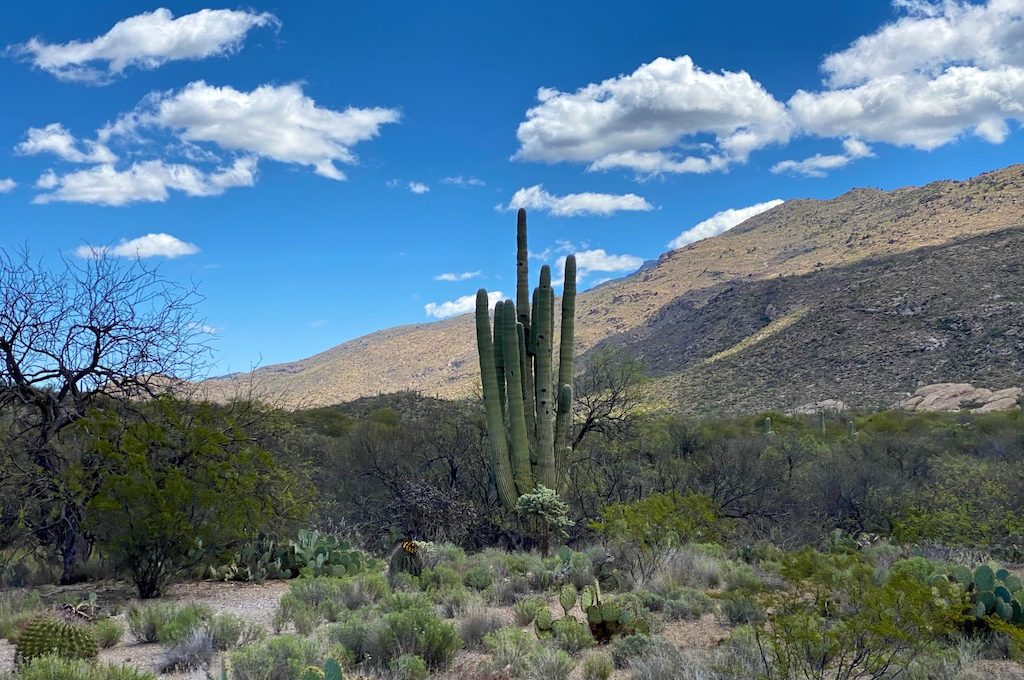
Navajo and Hopi reservations
In the northeast region of Arizona you can find the Navajo and Hopi reservations.
It’s a vast area that is located just east of Flagstaff and Page and that occupies the entire corner of the state, while also making up a portion of southern Utah and western New Mexico. It’s actually the largest reservation in the US and home to over 300,000 people.
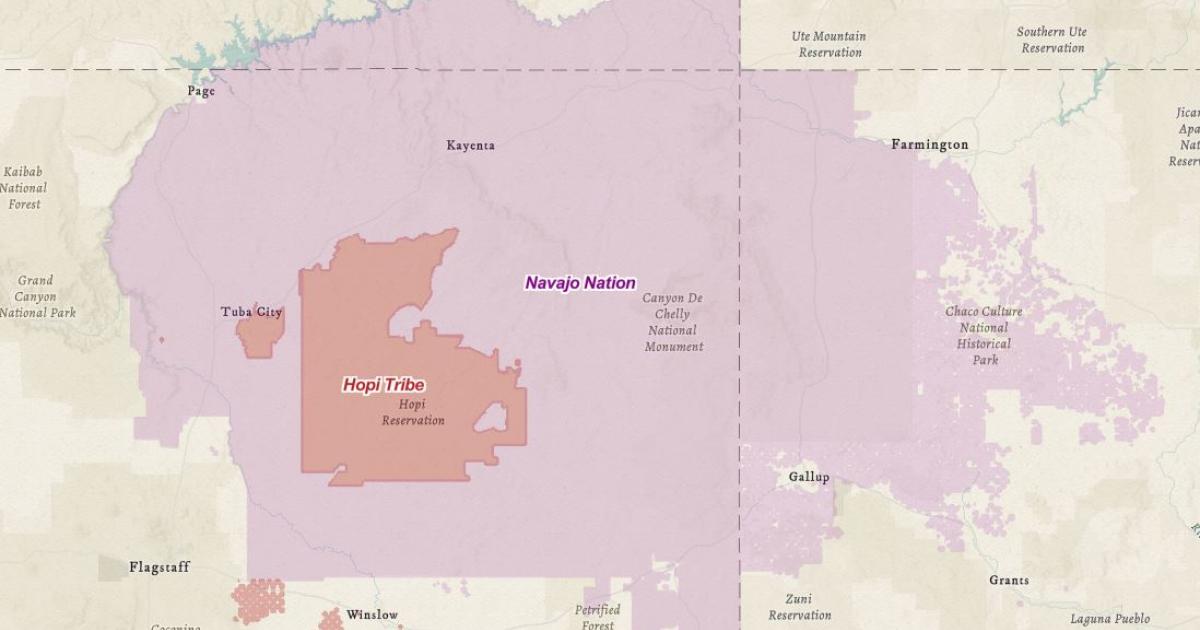
But here is where things get interesting.
The Navajo Nation observes daylight savings time but the Hopi reservation does not. This means that in the summer, the Navajo Nation will be one hour ahead of the rest of Arizona. This can be really important for travelers to know.
That’s because a lot of tours in the stunning slot canyons and other places take place on the Navajo Nation. You might have a tour scheduled at 10 AM and when you arrive you may find out that it’s actually 11 AM on the reservation and be really confused.
To make things easier for tourists, some of the tour operators schedule the time of the tours based on MST. So even if your tour is technically at 11 AM local time, they will schedule it at 10 AM MST.
That could be helpful for some but for those who are factoring in the time differences between MST and MDT, it could throw them off!
The way to avoid confusion or missing tours is to always confirm with your tour operator what time the tour begins.
Specifically, I would recommend confirming the time in two different time zones. Basically, ask what time does the tour begin in MST (the time zone that most of Arizona is on) and in local reservation time.
Remember, the largest cities in Arizona will always be on MST. These include:
- Phoenix
- Tucson
- Flagstaff
- Prescott
- Sedona
- Grand Canyon
- Yuma
- Page
So let’s say you were doing a tour in Antelope Canyon and you were leaving a hotel in Page, AZ. You could confirm with the tour operator the time of your tour in local reservation time and in the city you are staying in (Page, AZ).
You will just have to remember that whenever you pass through the boundary of the reservation or even get close to it, your clock may go forward an hour so don’t let that throw you off.
Six time zone changes in 100 miles?
One of the biggest quirks of Arizona’s time zones can be found along Highway 264. This highway branches off from 169 near Tuba City and runs through the Navajo and Hopi reservations.
The boundaries of the Hopi reservations are not continuous in this region and because they are located inside the Navajo Reservation, this creates a very interesting effect on the time zones.
Basically, there is a 100 mile stretch along Highway 264 that will take you through six time zone changes during the summer because of the odd boundaries and time zones!
It’s like time traveling, but without the DeLorean.
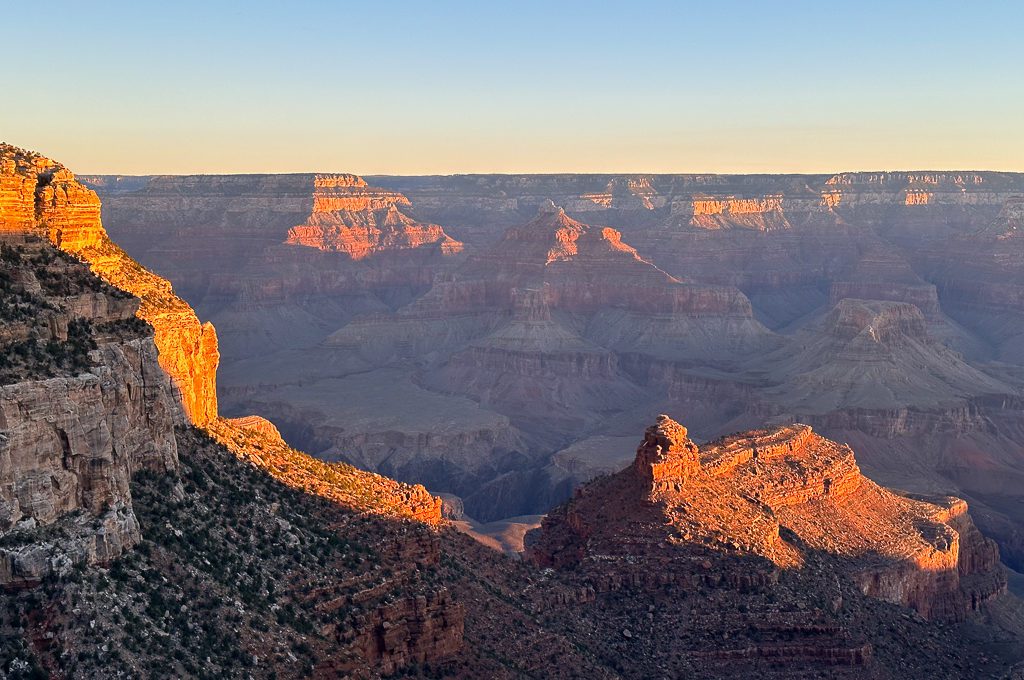
Why doesn’t Arizona acknowledge daylight savings time?
The main reason why Arizona does not acknowledge daylight savings time is it’s just not needed in a place that gets so much sunshine and heat.
For one, the additional hour of daylight would cause energy consumption to soar because homes would have to crank the AC up to make up for that extra hour of heat.
People in Arizona like to venture out as temperatures begin to cool in the evening and so it’s not in their favor to extend the heat of the day out into the evening.
Lots of hikers and other people enjoying the outdoors would have to finish up an hour later which would be particularly inconvenient if they had to get up early the next day for work.
This may not be an issue in places like Flagstaff or some of the higher elevations around the state but for people living in cities like Phoenix or Yuma, they certainly can use all of the cool temperatures they can get.
At the same time, the Navajo Nation does acknowledge daylight savings time because it has boundaries that extend into states like Utah and New Mexico where daylight savings time is acknowledged.
This makes it easier for them to conduct business in those regions but comes at the cost of confusion when it comes to dealing in Arizona.
Final word
Because Arizona is one of the only states that does not acknowledge daylight savings time, confusion can often creep in when scheduling things such as tours or activities.
It helps if you can just remember that during the summer or from March to November, Arizona will essentially be on the Pacific time zone since MST aligns with the time zone on the West Coast.
But during the winter, Arizona will be in the same time zone as the mountain states such as Colorado, Utah, and New Mexico.
And if you are heading to the Navajo Nation, remember that they do acknowledge daylight savings time so they could be one hour ahead of Arizona (although tour operators will likely be operating on MST).
And if you ever find yourself driving on Highway 264 during the summer, be sure to watch out for your clock as it makes a number of time zone changes in only a short stretch of 100 miles!
Daniel Gillaspia is the Founder of UponArriving.com and the credit card app, WalletFlo. He is a former attorney turned travel expert covering destinations along with TSA, airline, and hotel policies. Since 2014, his content has been featured in publications such as National Geographic, Smithsonian Magazine, and CNBC. Read my bio.

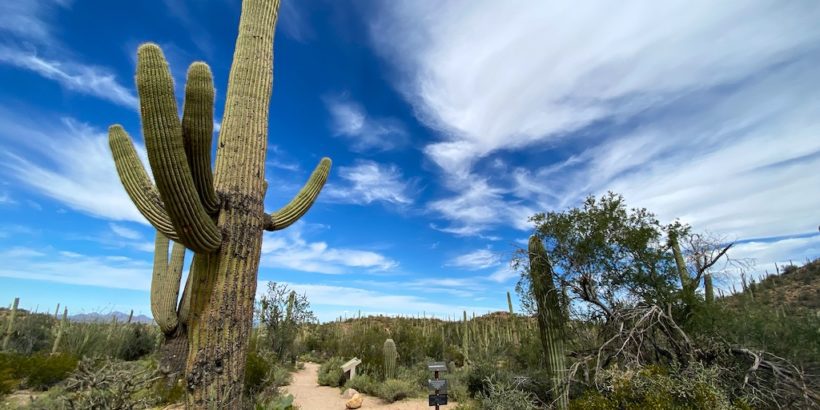
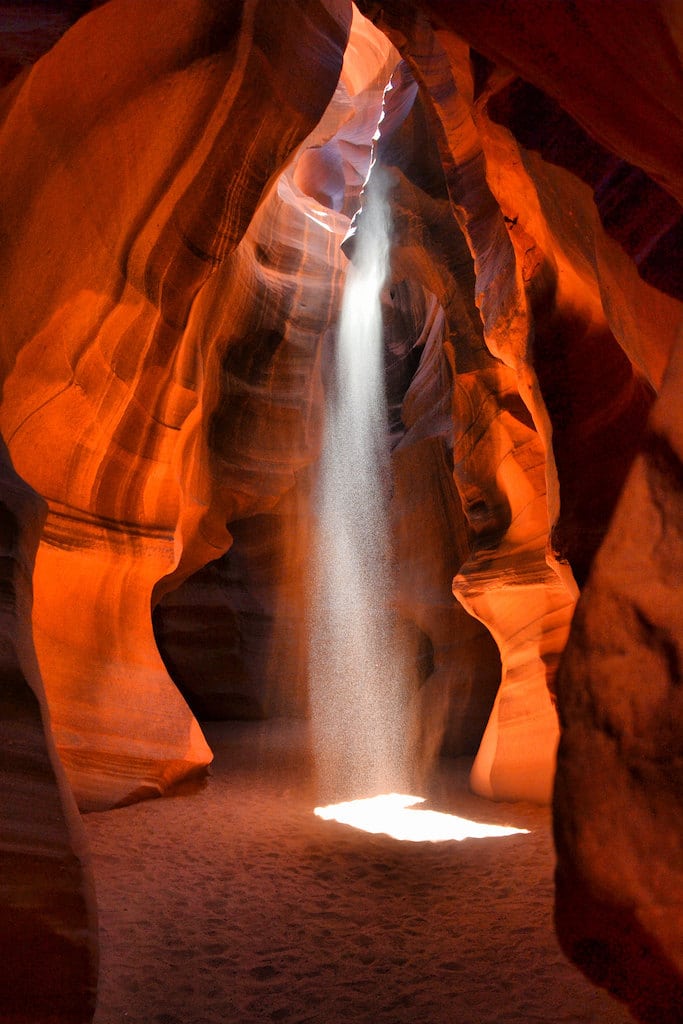
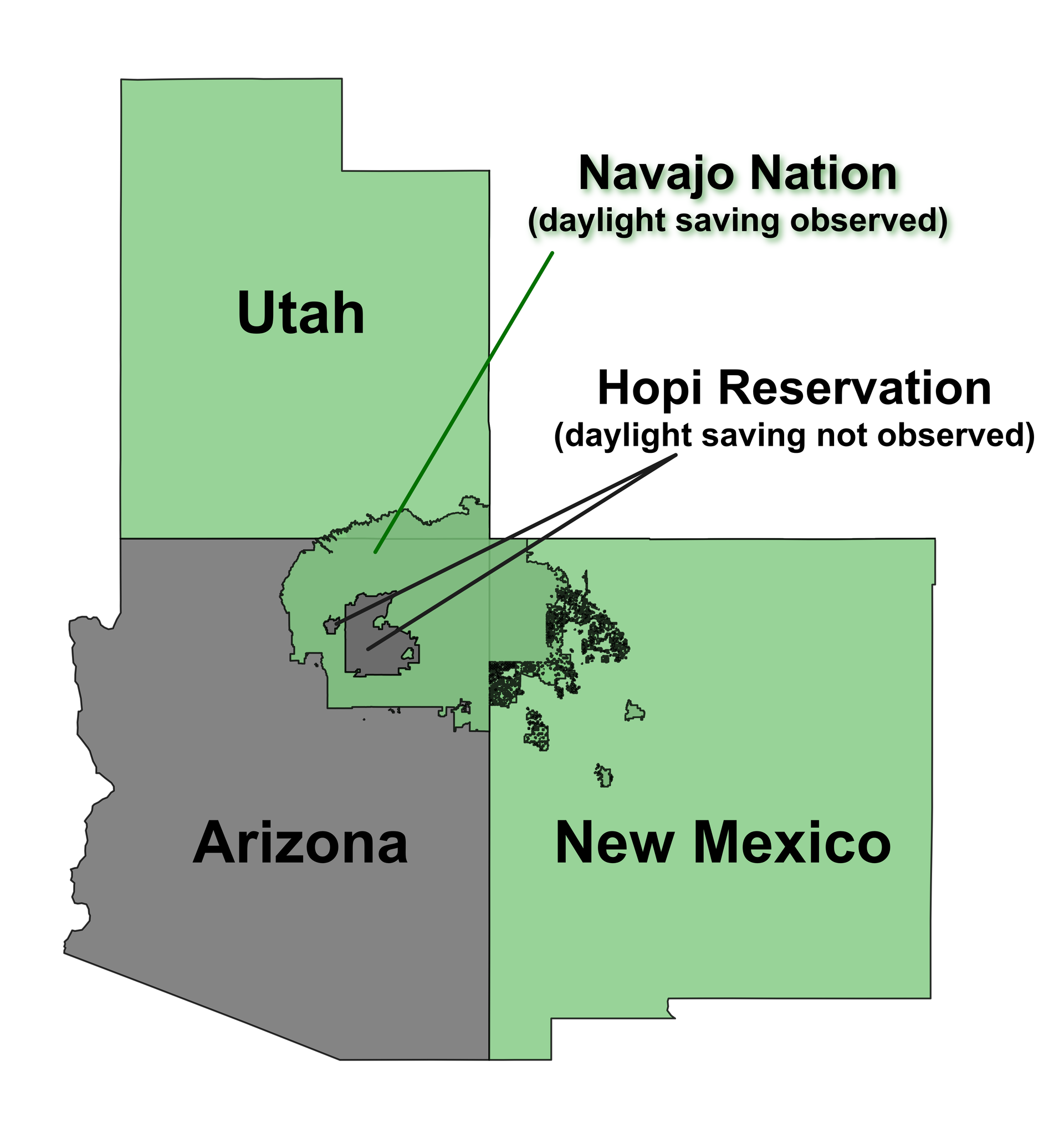
You should correct your text. All references should be Daylight Saving Time, not Daylight Savings Time. (There’s no ‘S’)
That is a good explanation with a minor difference. I live in AZ and I am always confused about the time in other states. The following paragraphs contradict each other:
At the same time, the Navajo Nation does not acknowledge daylight savings time because it has boundaries that extend into states like Utah and New Mexico where daylight savings time is acknowledged.
And if you are heading to the Navajo Nation, remember that they do acknowledge daylight savings time so they could be one hour ahead of Arizona (although tour operators will likely be operating on MST).
Which is correct?
Thanks for catching the typo. to clarify, the Navajo Nation DOES acknowledge daylight savings time.